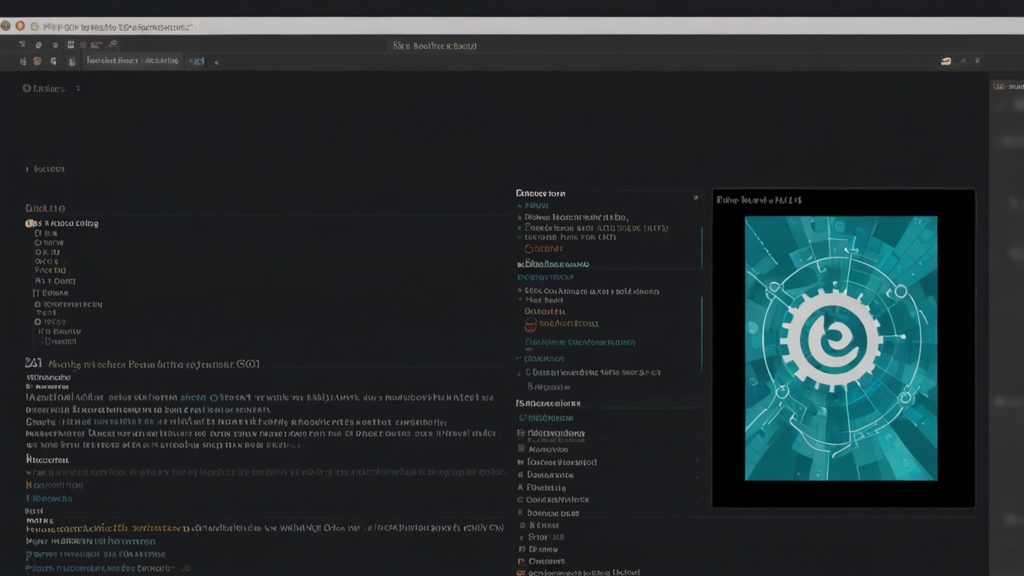The Tech Revolution Tools That Are Transforming Traditional Education
The rapid evolution of technology in the 21st century is fostering profound changes in traditional education systems. From interactive virtual classrooms to personalized learning platforms, technology is revolutionizing the way educators teach and learners absorb knowledge. This transformation is not just about adopting new tools, but about leveraging them to create more dynamic, engaging, and efficient educational experiences.
Interactive Virtual Classrooms
One of the most significant developments is the advent of interactive virtual classrooms. Platforms like Zoom, Microsoft Teams, and Google Classroom have become staples in educational institutions worldwide. These tools facilitate real-time communication and collaboration between teachers and students, irrespective of geographical boundaries.
“Virtual classrooms have bridged the gap between distance and education, providing equal learning opportunities to students around the world.”
Moreover, these platforms often come with a suite of features including screen sharing, digital whiteboards, breakout rooms, and recording capabilities. Such features enhance the interactive aspect of learning, enabling teachers to conduct engaging and structured lessons while allowing students to participate actively.
Personalized Learning Platforms
Another revolutionary tool is the personalized learning platform. Traditional one-size-fits-all approaches often fail to address the unique needs of individual learners. Personalized learning platforms use adaptive algorithms to tailor educational content to each student's learning style, pace, and proficiency level.
These platforms, such as Khan Academy and Coursera, gather data based on student interactions and assessments. They then use this data to customize learning paths, recommending resources and exercises that target specific areas where the student needs improvement. This method not only improves academic performance but also fosters a love for learning by making it more relevant and accessible.
Gamification and Edutainment
Gamification and edutainment represent another frontier in the transformation of education. By integrating game mechanics into educational content, these tools make learning an engaging and enjoyable experience. Platforms like Duolingo use gamification to teach languages, turning learning sessions into fun challenges that keep users motivated.
“Learning through play is an age-old concept, but technology has taken it to new heights by incorporating it into digital realms.”
Edutainment combines educational content with entertaining formats, such as videos, interactive stories, and simulations. This approach not only keeps students engaged but also helps them understand complex concepts through visual and experiential learning.
Artificial Intelligence and Machine Learning
Artificial Intelligence (AI) and Machine Learning (ML) are making significant inroads into the educational sector. These technologies can analyze vast amounts of data to provide insights into student performance, predict learning outcomes, and even automate administrative tasks. AI-powered chatbots, for instance, can assist students with queries, provide tutoring, and monitor academic progress.
Platforms like Carnegie Learning use AI to provide real-time feedback to students, helping them understand their mistakes and learn more effectively. Such applications of AI and ML are not just limited to students; they also aid teachers by providing intelligent analytics that inform teaching strategies and curriculum development.
Conclusion
The tech revolution tools are undeniably transforming traditional education, making it more flexible, personalized, and engaging. As these innovations continue to evolve, they hold the promise of democratizing education and making it accessible to people across the globe. While the transition may pose challenges, the potential benefits far outweigh the difficulties, pointing toward a future where technology plays a central role in shaping and enhancing the educational landscape.






